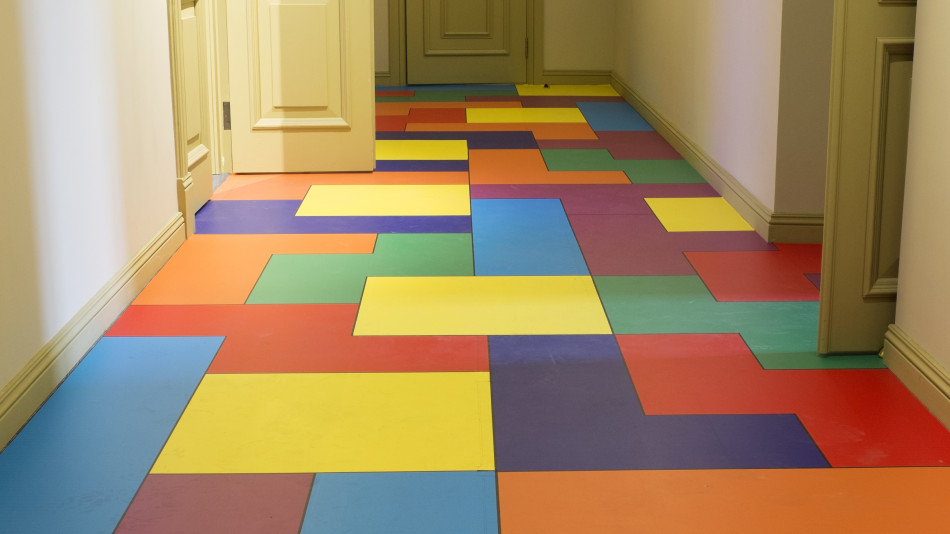Scott Eady wasn’t sure what to expect when he arrived in Vladivostok.
“The city itself is quite contained. Lots of 1970s Soviet apartment buildings that appear to be in a state of collapse and a lot of new buildings that weren’t completed because someone didn’t have the right papers or didn’t pay the right person off. The people were incredibly warm and very generous. I had no bad experiences.”
Scott was the first recipient of the Martin Tate Wallace Artist Residency in Russia. For three months, he experienced Vladivostok life and created his exhibition.
“I arrived there with no tools, so I just had to figure out how I was going to make work while I was there.”
That’s a huge challenge in a city that was closed to outside influence right through the Soviet period.
“Getting anything manufactured was a difficult process. I wanted to build a neon sign and there just weren’t any neon fabricators over there. So many of my works were a bit rough – but that was the Russian charm! I accepted that it’s part of the process, part of the place and part of the artwork.”
Inspired by his son’s love of Pokemon Go, Scott researched gaming and big brother states.
“It became part of a PVC floor work which I entitled 1984 after Orwell’s 1984. I was thinking about Pokemon Go and the use of GPS and the ability to see everyone and what they’re doing.”
He also researched Tetris – a highly addictive game designed by Russian, Alexey Pajitnov, on a basic computer. It came out from the Iron Curtain in 1984.
“There were all these connections through Pokemon Go, Tetris, and 1984 – those dates aligning. It was a whole floor of this tetris design, and the idea was that people could drop Pokemon lures that would attract more people into the space as well.”
Most artists in Vladivostok have graduated from the Russian Academy – classically schooled in oil painting landscapes and portraiture. Modern art is still very much a foreign concept. Scott knew his art would be a challenge for them.
“But there was a lot of interest in what’s going on around the world in terms of contemporary art. I expected the worst in terms of response to the work. But I didn’t get it while I was there, people were very good.”
When it came to exhibiting his work, Scott struck gold. He met Alexander Gorodny, the curator at the brand new Artetage Museum of Modern Art.
“Alexander is very very well connected – he’s like a rock star in Vladivostok! Most galleries would have a year or two booked out in advance, but he was able to create an opening for me at the right time,” he says.
As the first New Zealand Artist in Residence, Scott saw it as his role to establish as many connections and contacts as possible.
“Alexander is going to programme several slots every year now for NZ artists. We established a great relationship.”
Scott has now brought his Vladivostok experience to his teachings at Otago Polytechnic.
“I can introduced the students to new networks of artists, and expose them to so much new artwork globally and in so many cases I actually know the artists, it’s great!”
Read more about Art at Otago Polytechnic.

